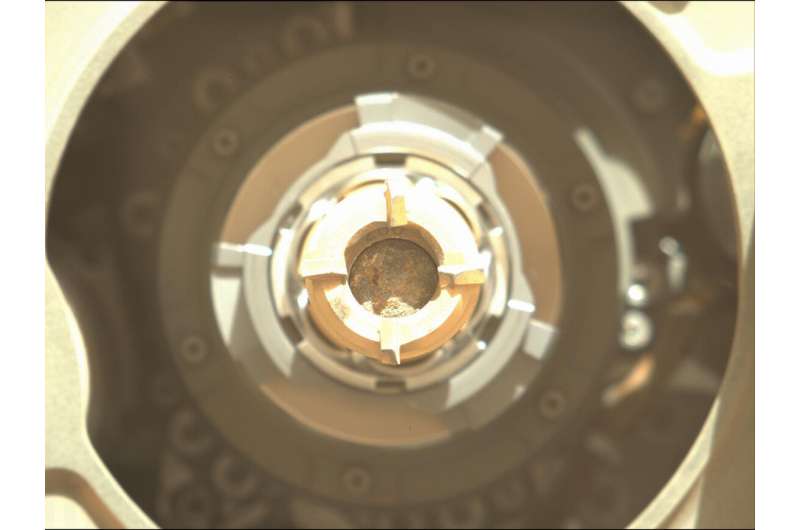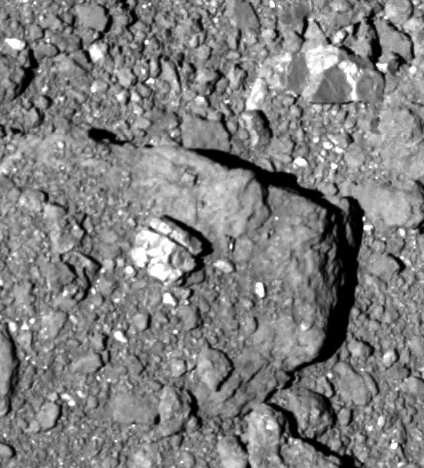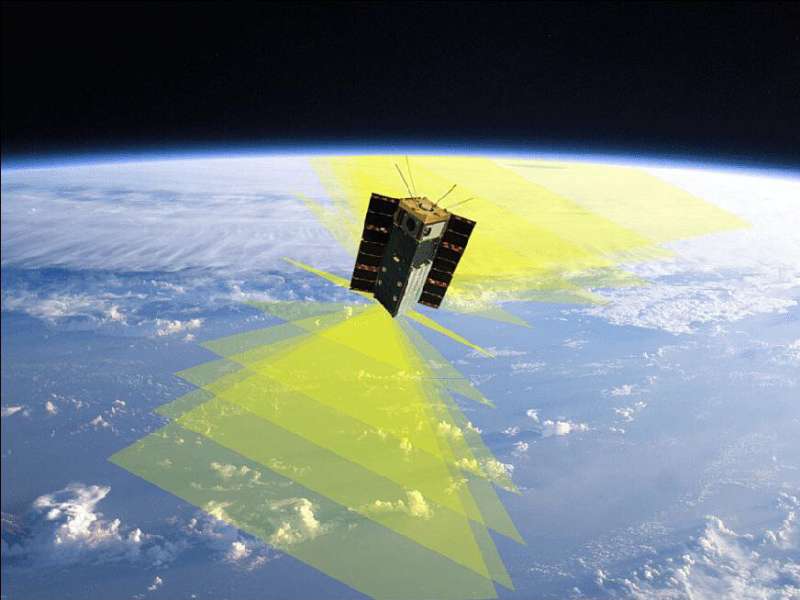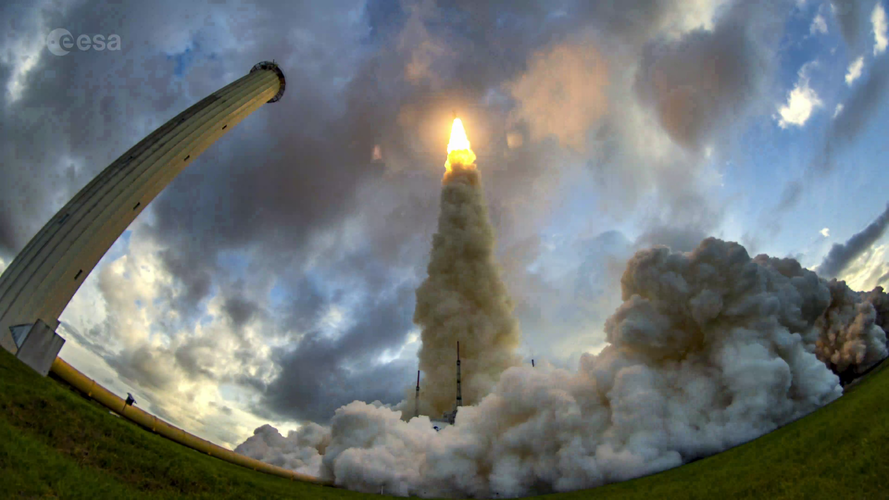
Copernical Team
DLR Lampoldshausen prepares P5 test stand for the technologies of the future
 The German Aerospace Center (Deutsches Zentrum fur Luft- und Raumfahrt; DLR) is preparing a central component of its extensive test infrastructure for the future by expanding the European Space Agency (ESA) P5 large-scale test stand at the DLR site in Lampoldshausen. This means that the next generation of space propulsion systems can also be tested under flexible and reliable conditions.
T
The German Aerospace Center (Deutsches Zentrum fur Luft- und Raumfahrt; DLR) is preparing a central component of its extensive test infrastructure for the future by expanding the European Space Agency (ESA) P5 large-scale test stand at the DLR site in Lampoldshausen. This means that the next generation of space propulsion systems can also be tested under flexible and reliable conditions.
T FAA grounds Virgin Galactic amid spaceflight 'mishap' probe
 The Federal Aviation Administration on Thursday said it grounded Virgin Galactic amid an investigation of its July launch into space, which went off trajectory.
The agency said the VSS Unity, a SpaceShipTwo spacecraft, deviated from its course as it returned to Spaceport America in New Mexico on July 11.
"Virgin Galactic may not return the SpaceShipTwo vehicle to flight until the
The Federal Aviation Administration on Thursday said it grounded Virgin Galactic amid an investigation of its July launch into space, which went off trajectory.
The agency said the VSS Unity, a SpaceShipTwo spacecraft, deviated from its course as it returned to Spaceport America in New Mexico on July 11.
"Virgin Galactic may not return the SpaceShipTwo vehicle to flight until the FAA bans Virgin Galactic launches while probing Branson trip

NASA's newest Mars rover snags 1st rock sample for return

Examining asteroid Ryugu in opposition to Hayabusa2: A starkly lit distribution of dust and rock

New analysis of Hayabusa2 data of the asteroid Ryugu reveals much of the surface reflects and scatters light in ways that are consistent with studies of carbonaceous chondrite meteorites in the lab.
NASA works to give satellite swarms a hive mind

Swarms of small satellites could communicate amongst themselves to collect data on important weather patterns at different times of the day or year, and from multiple angles. Such swarms, using machine learning algorithms, could revolutionize scientists' understanding of weather and climate changes.
Engineer Sabrina Thompson is working on software to enable small spacecraft, or SmallSats, to communicate with each other, identify high-value observation targets, and coordinate attitude and timing to get different views of the same target.
"We already know that Saharan dust blowing over to the Amazon rainforests affects cloud formation over the Atlantic Ocean during certain times of the year," said Thompson, who works at NASA's Goddard Space Flight Center in Greenbelt, Maryland.
NASA's Mars simulation hopefuls face tough application process
 NASA won't send astronauts to Mars for at least a decade, but the agency said interest is running high in applying for a year's stint in a simulated home base on the Red Planet.
The space agency's simulation is to begin in fall 2022 inside a 3D-printed habitat at Johnson Space Center in Houston. Applications are due Sept. 17.
And being chosen for this simulation seems as difficul
NASA won't send astronauts to Mars for at least a decade, but the agency said interest is running high in applying for a year's stint in a simulated home base on the Red Planet.
The space agency's simulation is to begin in fall 2022 inside a 3D-printed habitat at Johnson Space Center in Houston. Applications are due Sept. 17.
And being chosen for this simulation seems as difficul NASA welcomes new Russian commitment to space station
 NASA welcomed reports Thursday that Russia's space agency is committed to supporting the International Space Station as long as it operates, administrator Bill Nelson said.
"I look forward to continued cooperation with Roscosmos on the International Space Station until 2030 and into the future," Nelson said in the emailed statement.
The space station's official decommission date
NASA welcomed reports Thursday that Russia's space agency is committed to supporting the International Space Station as long as it operates, administrator Bill Nelson said.
"I look forward to continued cooperation with Roscosmos on the International Space Station until 2030 and into the future," Nelson said in the emailed statement.
The space station's official decommission date US grounds Virgin Galactic after space flight 'mishap'
 The US Federal Aviation Administration (FAA) on Thursday said it was grounding space flights by Virgin Galactic while it investigates why the company's July 11 voyage carrying Richard Branson deviated from its planned trajectory.
The move represents a blow to the private space company as it prepares to carry paying customers following its first fully-crewed test flight.
It is now unc
The US Federal Aviation Administration (FAA) on Thursday said it was grounding space flights by Virgin Galactic while it investigates why the company's July 11 voyage carrying Richard Branson deviated from its planned trajectory.
The move represents a blow to the private space company as it prepares to carry paying customers following its first fully-crewed test flight.
It is now unc Timelapse of Eutelsat Quantum launch
 Video:
00:03:42
Video:
00:03:42
Experience the preparation and launch of telecommunications satellite Eutelsat Quantum by watching this unique timelapse video.
Developed under an ESA Partnership Project with satellite operator Eutelsat and prime manufacturer Airbus, Eutelsat Quantum has pioneered a new generation of satellites with the European space industry.
The footage was captured at the Airbus facility in Toulouse – where the satellite was assembled and tested – and Europe’s Spaceport in French Guiana.
The world’s first fully software-defined satellite – which will be used for communication in government, mobility and data markets – was launched on board an Ariane 5 on 30 July.
Following its
